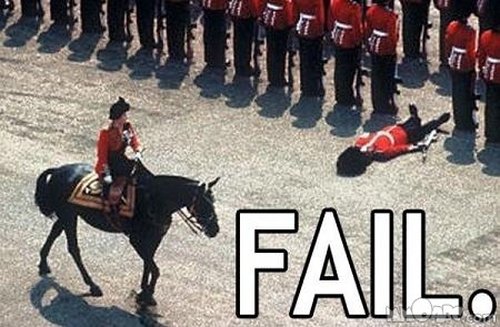Nadal_Freak
Banned
Stats on Court Speed
I already posted it but I decided to make it a thread as well to keep track of. I did some stat looking. Fed's stats in Monte Carlo, Hamburg, Rome, and Roland Garros based on First serve points won and opponents first serve points won
Monte Carlo 2007-08 Fed 70.7% Opp. 60%, Hamburg 2007 Fed 74% Opp 57.6%, Rome 2007-08 Fed 74.3% Opp. 70.5%, and Roland Garros 2007 Fed 75.6% Opp 60.1%.
So added up and average speeds would put Monte Carlo the slowest at 65.35% First Serve Points won. After that Hamburg 65.8%, RG at 67.85%, and Rome at 72.4%. So see Rome is clearly the fastest clay. At least for Fed it is.
I already posted it but I decided to make it a thread as well to keep track of. I did some stat looking. Fed's stats in Monte Carlo, Hamburg, Rome, and Roland Garros based on First serve points won and opponents first serve points won
Monte Carlo 2007-08 Fed 70.7% Opp. 60%, Hamburg 2007 Fed 74% Opp 57.6%, Rome 2007-08 Fed 74.3% Opp. 70.5%, and Roland Garros 2007 Fed 75.6% Opp 60.1%.
So added up and average speeds would put Monte Carlo the slowest at 65.35% First Serve Points won. After that Hamburg 65.8%, RG at 67.85%, and Rome at 72.4%. So see Rome is clearly the fastest clay. At least for Fed it is.
Last edited:


